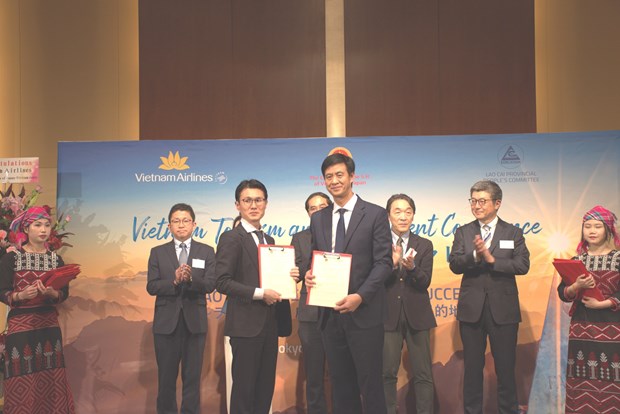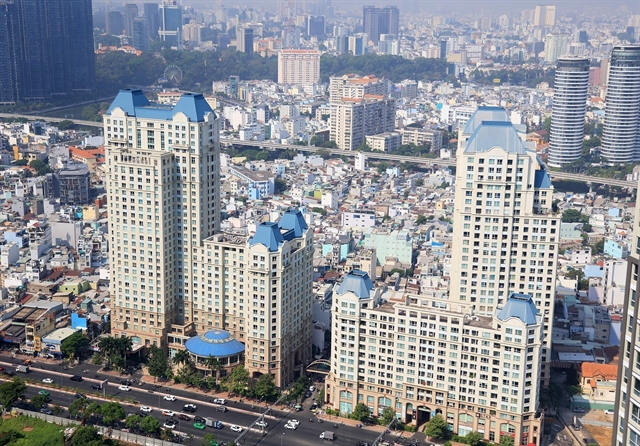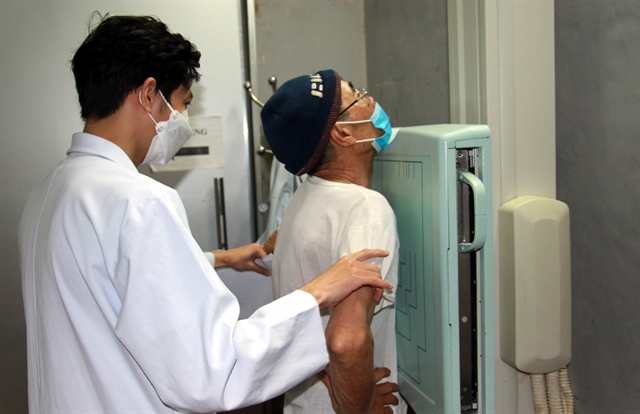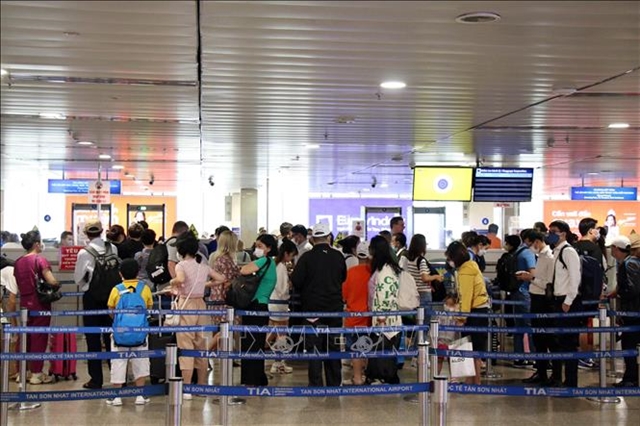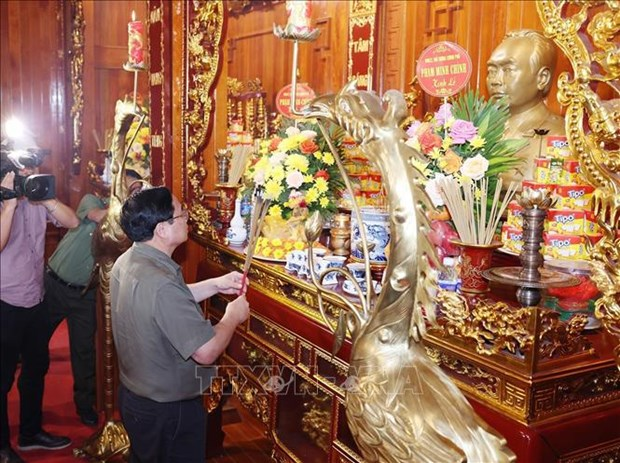 Life & Style
Life & Style

As the traditional stage has attracted fewer audiences in recent years, costume designers in HCM City are facing challenges to keep their art alive.
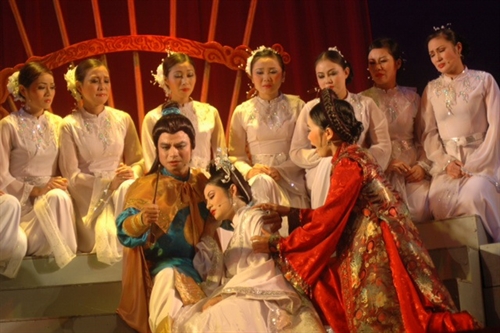 |
| Shrinking audiences: Thanks to costume designers, actors can look their best on stage. — Photo by Thanh Hiệp |
HCM CITY— As the traditional theatre has attracted fewer audiences in recent years, costume designers in HCM City are facing challenges to keep their art alive.
Nguyễn Thị Tâm Anh, a theatre researcher at the city’s Theatre Association, said the city now has only 30 professional costume designers who work for art troupes, compared to triple that number in the 1990s.
Speaking at a forum on preserving cải lương (reformed opera) at the HCM City Open University on September6, 2016, Anh said: “Costume design developed in the 1930s when cải lương became the most popular genre of traditional theatre in the Cửu Long (Mekong) River Delta region.”
“Costume designers have played a very important in the history and development of cải lương in different periods. Their work should be preserved and developed by younger generations,” she added.
Only skilled designers are hired by art troupes, while others work for small factories in districts 1,2, 4, 5 and Bình Thạnh. Their work is used by art troupes in the city and other provinces.
Artisan Kim Phượng, who has more than 40 years in cải lương, said costume designers were considered an important part of the “stage production team” as they work closely with the director and lighting, scenery and sound specialists as well as actors.
“I have been involved in several hundred performances praising the art in different styles,” said Phượng, who began her career at Huỳnh Long Troupe in 1980.
She now owns her business at home. Phượng is one of the industry’s very few artisans who in sometime takes care of hair, wigs and makeup.
Thanks to her qualifications and skills, cải lương performers can look beautiful on stage. “An improper or wrong costume may lead to uncertainty in the show,” said Phượng.
“Everyone sees how stars perform think there are riches in theatre. But the reality is different: long hours, hard work and very low pay. It’s the truth of backstage life,” she said.
Phượng’s collection of traditional costumes includes more than 150 designs made from different materials.
According to theatre critic Nguyễn Ngọc Sang, a cải lương play is mostly created in two styles: ancient and contemporary. Each style requires specific costumes in an historical period.
"Costume designers create an evolving plot of social status and periods in history through the visual design of dressing and accessories, within the framework of the director’s vision.”
“Through plays, with their talent confirmed, costume designers have proved once again their work contributes to the art,” he said.
One of the region’s biggest theatre schools, the HCM City Theatre and Cinematography University, has not offered training for years in make-up, wardrobe and stage design.
“We need to invest in producing talented backstage crews if the theatre is to truly develop,” Huỳnh Anh Tuấn, owner of the private IDECAF Drama Stage, said.
He said backstage was a "hidden art”. Tuấn, who is also a theatre director, said he hoped young people would choose costume design as a viable career option.—VNS




